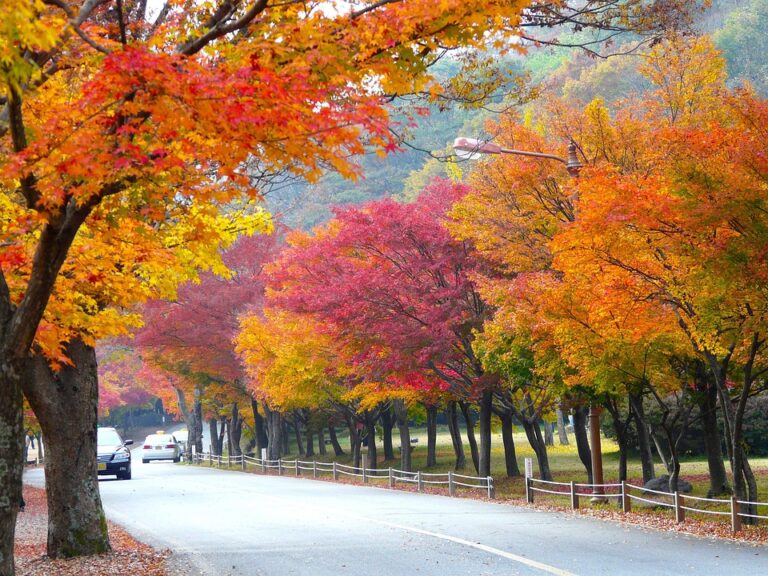When Does Fall Color Change
When Does Fall Color Change: Happen Across the U.S.?
When Does Fall Color Change Happen Across the U.S.?
Autumn is wonderful, but when does fall color change happen across the U.S.? Vibrant tapestry of reds, oranges, and yellows is one of nature’s most anticipated spectacles. However, the timing of peak fall foliage varies across the United States due to factors like geography, elevation, and climate conditions. Here’s a regional breakdown to help you plan your leaf-peeping adventures.
🍁 Northeast U.S. (New England & Upstate New York)
Peak Timing: Early to mid-October
Highlights: Vermont, New Hampshire, Maine, Massachusetts, and upstate New York are renowned for their brilliant fall colors. In northern areas, foliage is expected to reach near-peak by the end of September, with peak conditions projected for mid to late October. Ideal conditions include cooler nights and sunny days, which have been occurring recently.
🍂 Midwest U.S. (Michigan, Wisconsin, Minnesota, Ohio)
Peak Timing: Early to mid-October
Highlights: The Midwest offers a mix of vibrant colors, especially in areas like Michigan’s Upper Peninsula and Wisconsin’s forests. In Michigan, for instance, peak foliage is expected to occur in early to mid-October, with areas like the Upper Peninsula reaching peak conditions around October 6, 2025.
🍃 Southeast U.S. (Virginia, North Carolina, Tennessee)
Peak Timing: Mid to late October
Highlights: The Southeast’s mountainous regions, such as the Blue Ridge Mountains and the Smoky Mountains, showcase stunning fall colors. In Virginia, leaves are predicted to reach near-peak around October 6, with the most vibrant colors between October 13 and 20. In Tennessee, high-elevation areas like Roan Mountain and Unaka Mountain could begin displaying autumn colors by the end of September or earlier.
🌲 Western U.S. (Colorado, Montana, Wyoming, Pacific Northwest)
Peak Timing: Late September to mid-October
Highlights: The Rockies and Pacific Northwest offer breathtaking vistas of golden aspens and rugged landscapes. In Colorado, peak foliage is anticipated around October 4, while in the Pacific Northwest, peak foliage arrives around October 11.
🌿 Factors Influencing Fall Foliage Timing – When Does Fall Color Change
Several elements determine when and how intensely leaves change color:
Temperature: Cool nights and sunny days enhance the red and purple hues in leaves.
Elevation: Higher elevations experience earlier color changes than lower regions.
Rainfall: Adequate moisture supports vibrant colors; drought or excessive rain can dull the display.
Tree Species: Maples and aspens produce bright reds and yellows, while oaks lean toward deep reds and browns.
📍 Top Leaf-Peeping Destinations – When Does Fall Color Change
New England: Acadia National Park (ME), White Mountains (NH), Green Mountains (VT)
Midwest: Sleeping Bear Dunes (MI), Apostle Islands (WI), Cuyahoga Valley National Park (OH)
Southeast: Shenandoah National Park (VA), Great Smoky Mountains National Park (TN/NC)
West: Rocky Mountain National Park (CO), Grand Teton National Park (WY), Olympic National Park (WA)
🗺️ Visual Guide: 2025 Fall Foliage Forecast
Note: The timing of fall foliage can vary annually due to climate conditions. It’s advisable to check local resources and foliage reports as your travel dates approach


